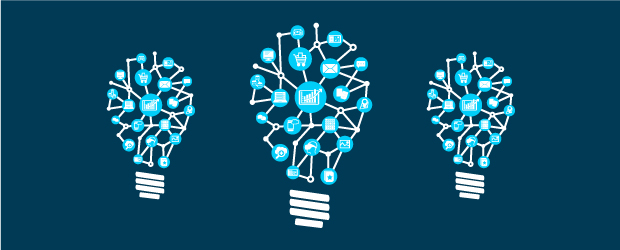By Mike Walker, Gartner Inc.
Imagine a world where it is possible to implant a magnet that detects electrical current or utilize an exoskeleton to enhance strength. Now consider the potential abuses of requiring employees to have chip implants before they can work. Human augmentation has the potential to use technology to enhance bodies and minds, but also raises ethical and legal questions.
Nevertheless, the technology would offer higher levels of performance from employees and offer businesses an edge. This technology is upwards of 10 years from mainstream adoption, but has the potential to create a multi-billion dollar human augmentation market.
While human augmentation is just at the beginning of the innovation trigger phase of the Hype Cycle (see Figure 1), complementary emerging technologies such as machine learning, blockchain, drones (commercial UAVs), software-defined security and brain-computer interfaces have moved significantly along the Hype Cycle since 2016.
The Gartner Hype Cycle for Emerging Technologies, 2017 focuses on three emerging technology mega-trends: Artificial intelligence (AI) everywhere, transparently immersive experiences and digital platforms. Enterprise architects and technology innovation leaders should explore and ideate these three mega-trends to understand the future impacts to their business.
Organizations will continue to be faced with rapidly accelerating technology innovation that will profoundly impact the way they deal with their workforces, customers, and partners. Our 2017 Hype Cycle reveals three distinct technology trends that profoundly create new experiences with unrivaled intelligence, and offer platforms that propel organizations to connect with new business ecosystems in order to become competitive over the next five to 10 years.
“Enterprise architects who are focused on technology innovation must evaluate these high-level trends and the featured technologies, as well as the potential impact on their businesses. In addition to the potential impact on businesses, these trends provide a significant opportunity for enterprise architecture leaders to help senior business and IT leaders respond to digital business opportunities and threats by creating signature-ready actionable and diagnostic deliverables that guide investment decisions.
This Hype Cycle looks at technologies that show promise in delivering a high degree of competitive advantage.
Artificial Intelligence (AI) everywhere
Consider the potential impact of AI-enabled autonomous vehicles. They could reduce accidents, improve traffic, and even slow urbanization as people can use travel time and won’t need to live near city centers. When autonomous vehicles, AI, IoT and other emerging technologies are combined with economic trends like the sharing economy, we truly see different business designs that profoundly disrupt the market. Uber is a prime example of how a business is fundamentally shifting an industry dominated by private vehicles to potentially upending the industry with transportation as a service.
The media has been consumed with hype stories about autonomous vehicles, and it has led to inflated expectations for the technology. However, given that AI is critical for the technology, this has led to an increase in the development of machine learning algorithms. While continued advancements in sensing, imaging and mapping — as well as AI and computing — are helping to evolve the technology, the reality is that the complexity and cost requirements are presenting challenges.
AI technologies will be the most disruptive class of technologies over the next 10 years due to radical computational power, near-endless amounts of data and unprecedented advances in deep neural networks. These will enable organizations with AI technologies to harness data in order to adapt to new situations and solve problems that no one has ever encountered previously.
Transparently immersive experiences
Technology will continue to become more human-centric to the point where it will introduce transparency between people, businesses, and things. This relationship will become much more entwined as the evolution of technology becomes more adaptive, contextual and fluid within the workplace, at home, and in interacting with businesses and other people. Companies should look to augmented reality (AR), digital workspaces, connected homes, virtual reality and 4D printing in this realm.
Digital platforms
Emerging technologies require revolutionizing the enabling foundations that provide the volume of data needed, advanced compute power, and ubiquity-enabling ecosystems. The shift from compartmentalized technical infrastructure to ecosystem-enabling platforms is laying the foundations for entirely new business models that are forming the bridge between humans and technology.
These megatrends illustrate that the more organizations are able to make technology an integral part of employees’, partners’ and customers’ experiences, the more they will be able to connect their ecosystems to platforms in new and dynamic ways.
Mike J. Walker is a Research Director responsible for conducting research in the Enterprise Architecture and Technology Innovation areas. He focuses on how organizations can use business-outcome-driven EA to respond to disruptive trends, such as digital business, emerging technologies, and artificial intelligence.
